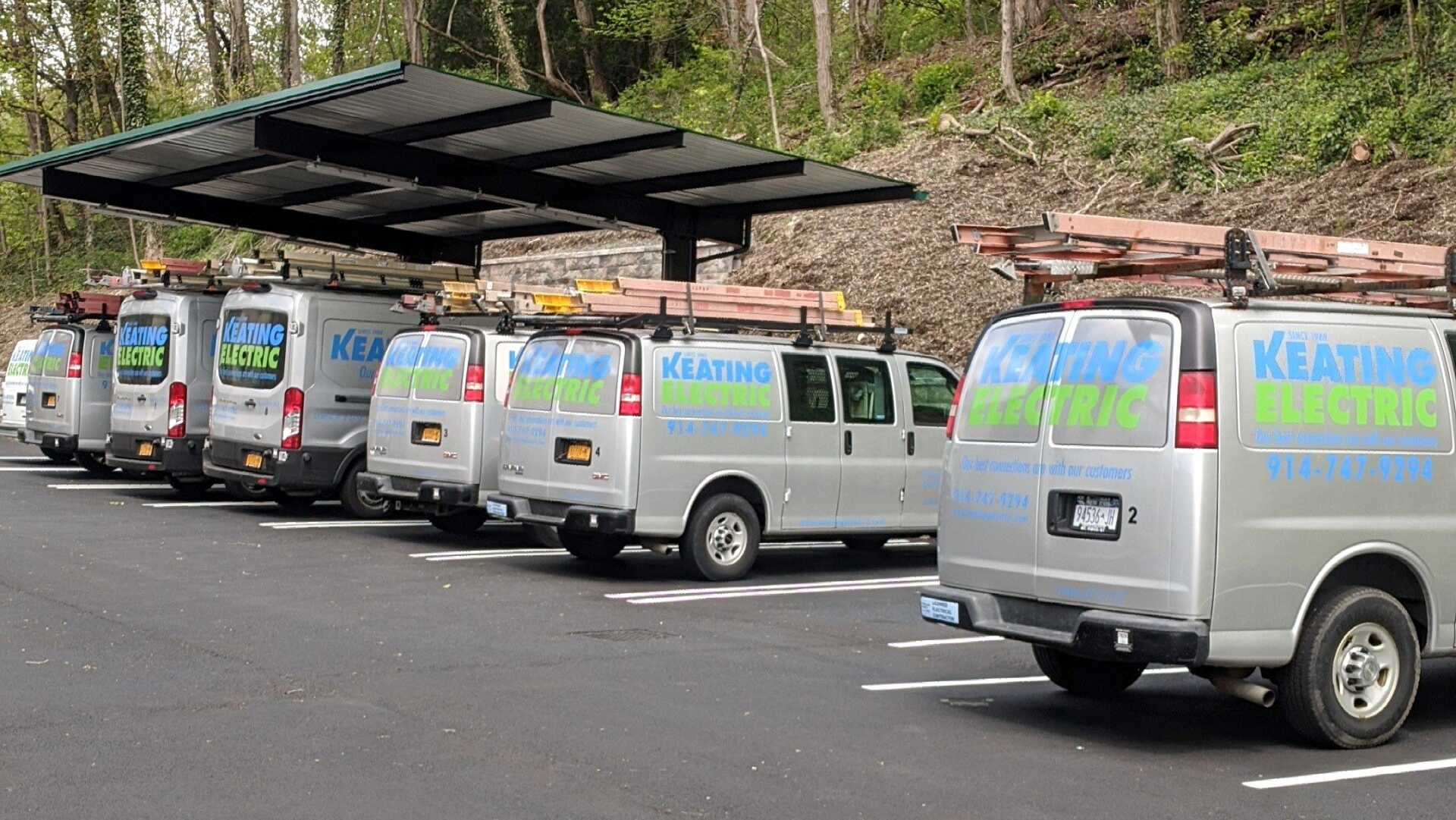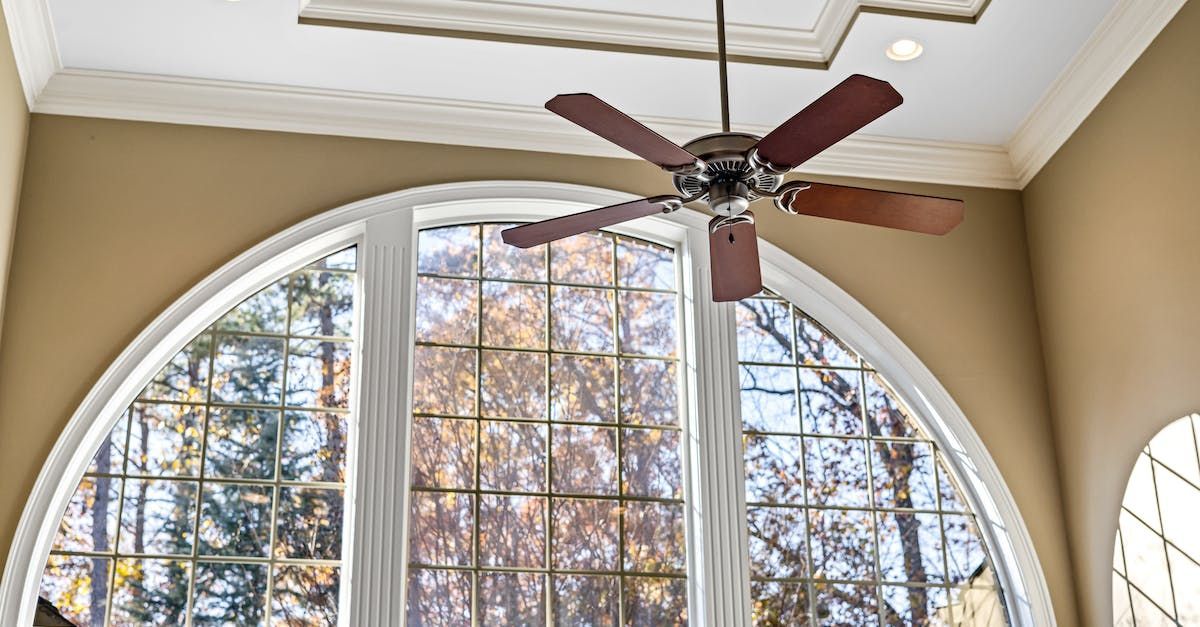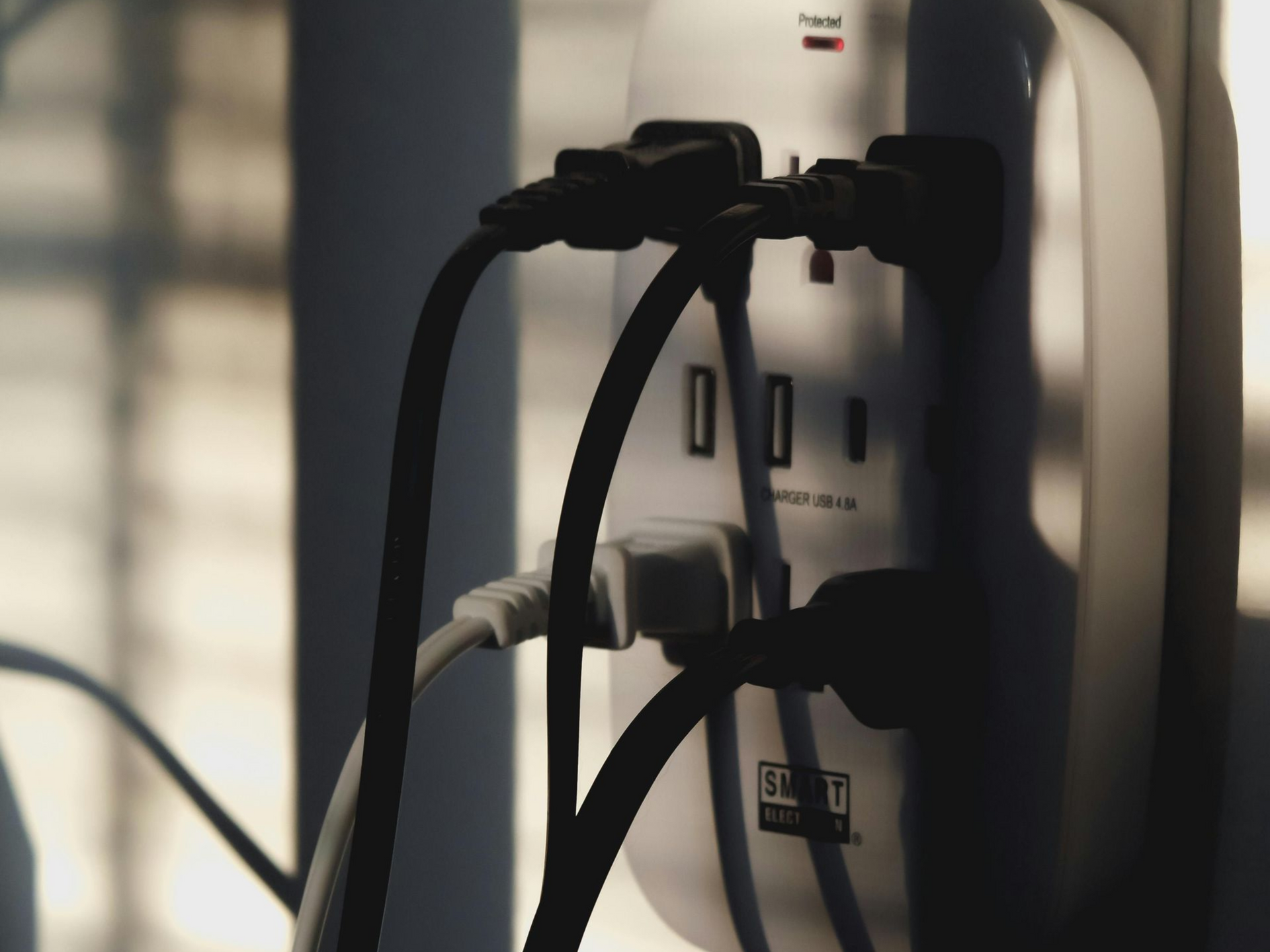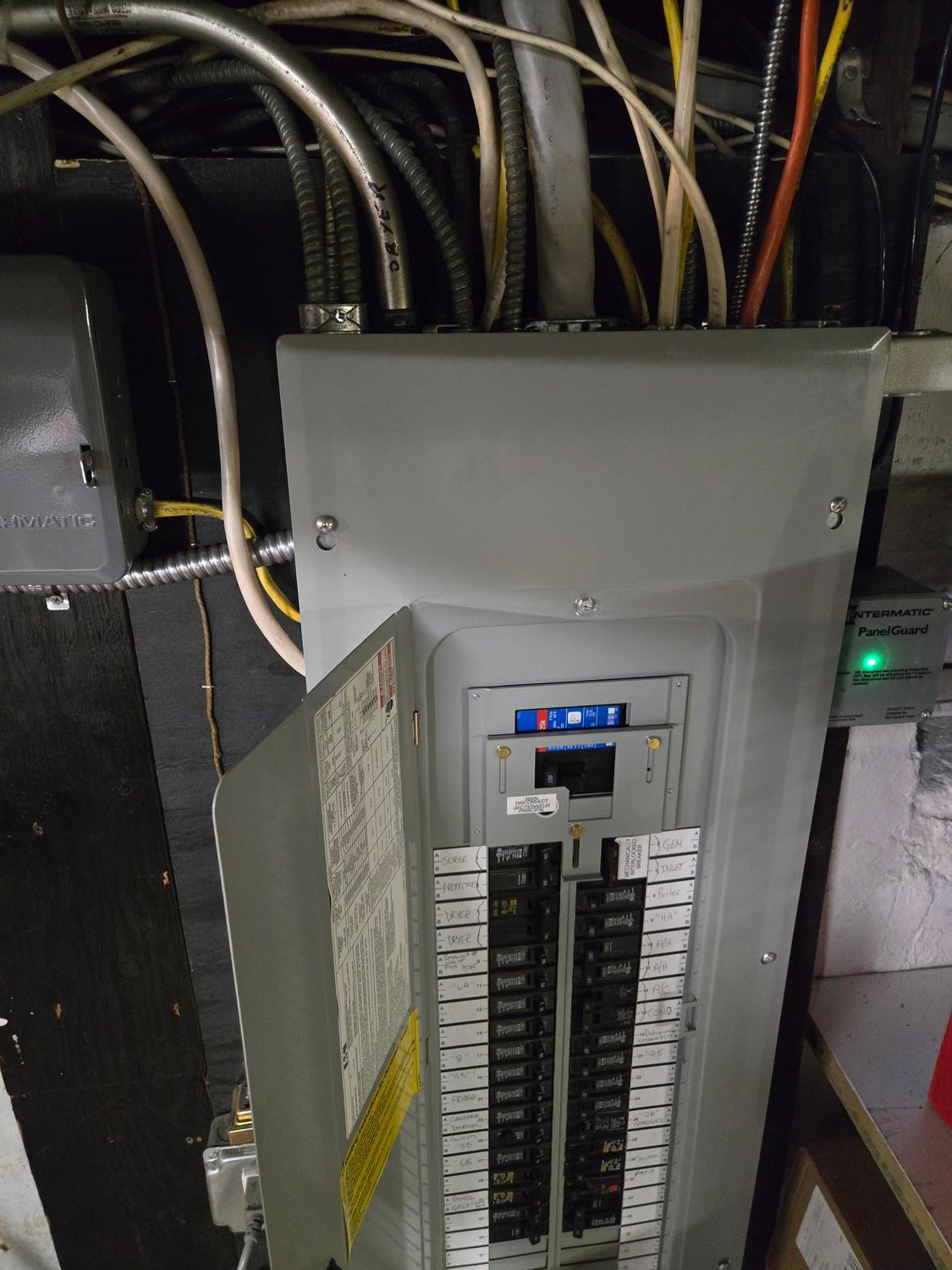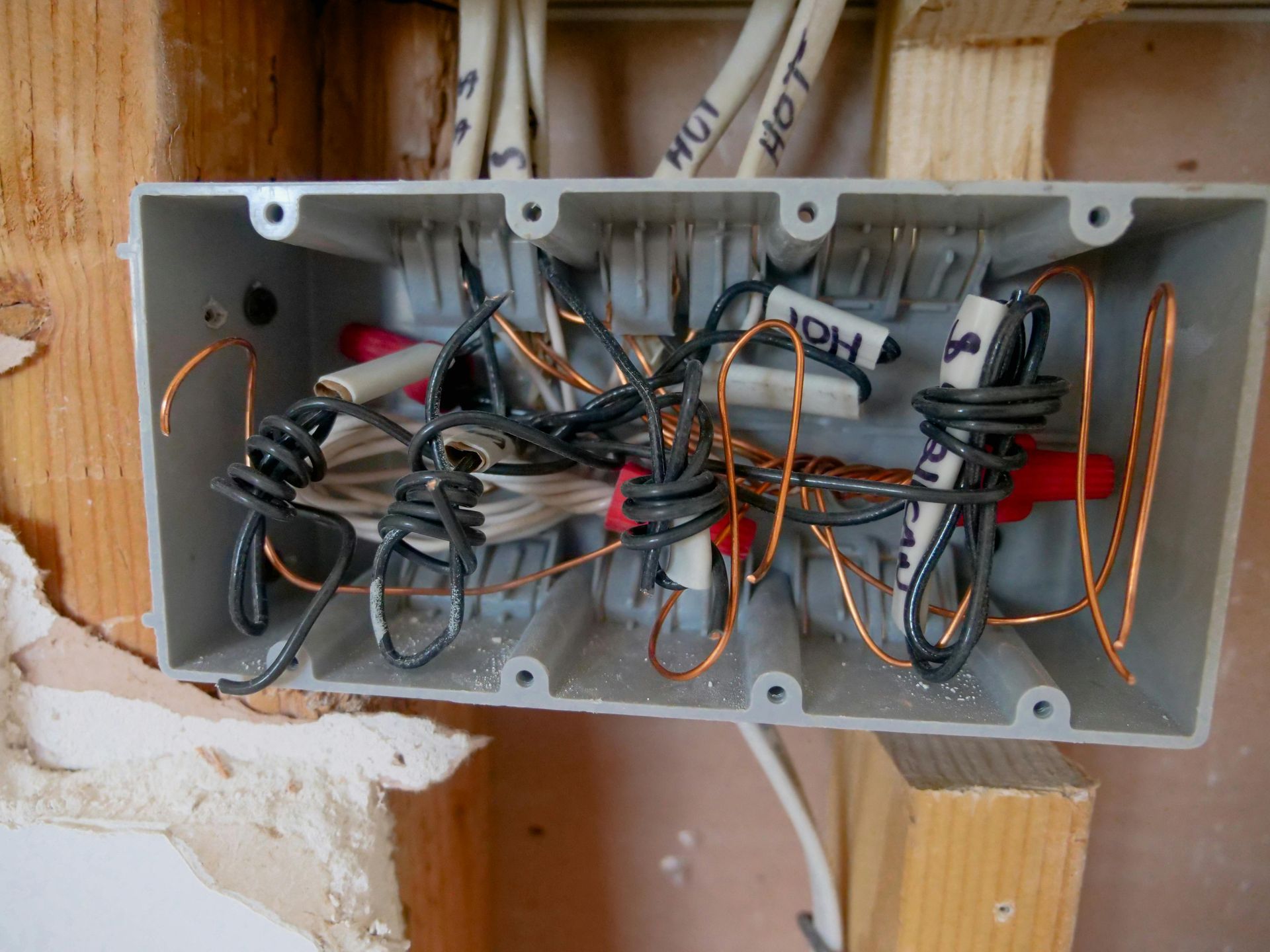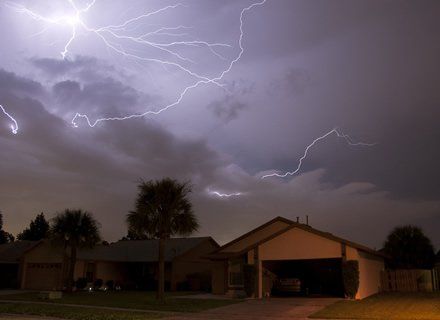Keep Informed with Keating Electric
Welcome to the first post on the Keating Electric blog!
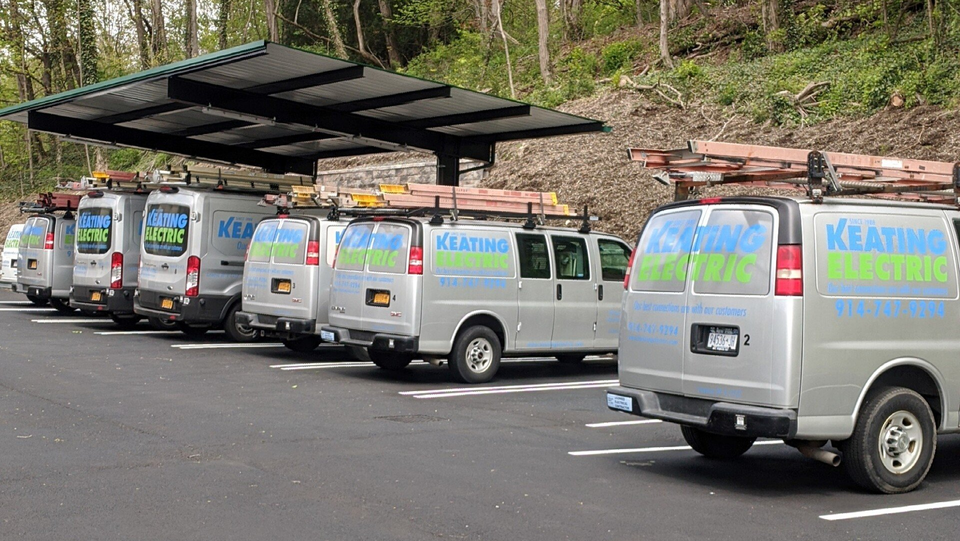
The purpose of our blog is to help Westchester homeowners better understand electricity, how it impacts your home, and helpful hints.
Our goal is to help you be more knowledgeable so that you can better understand what’s happening inside your walls, know how best to keep your home and family safe and enjoy your home even more.
Some of our posts will be timely and topical and others will be “What Is …” articles like “What is Overcurrent Protection,” and some will be basic primers on electricity, wiring and components.
So let’s get started with some basic lingo:
The Language of Electricity
We all know that electricity is generated by a utility like ConEd or NYSEG and it comes into our homes through a meter and a big box with lots of switches that we should generally steer clear from. While all that is true, it is helpful to be aware of the amount of electricity your house receives, how it’s distributed around your house, and how much your appliances and devices need.
Volts, or voltage, refers to the amount of potential energy available. For example, most of the devices in your house use 120 volts, while some larger equipment like a clothes dryer or HVAC system use 240 volts.
Amps, or amperage, refers to the amount of “flow” of electricity a device consumes while being utilized. You may have heard this term being used when talking about circuit breaker sizes, such as a 15-amp or 20-amp circuit. Another term that is sometimes used to describe amperage is “current.”
Watts, or wattage, is the overall energy usage of a particular device, and can be determined by multiplying the voltage requirement (e.g. 120v) by the amperage used (e.g. 1.5a).
Don’t worry, there won’t be a test. For most of us, wattage is the only term we really have to think about. But if you have an older home, you many need to think about amps; most newer homes, or homes that have been renovated, generally have 200 amp service, but some older homes may still have 100 amp. A home with 100 amp service receives a lesser flow of electricity than a home with 200 amp service, and if you have lots of electrical appliances you may be pushing the limits and actually need more electricity than is available through 100 amp service.
Sound confusing? Don’t worry, your Keating Electrician can make sure you have the proper voltage and amperage for any given device, and ensure you have an adequate flow of electrical current to power your entire home. Electricity is of such importance to our everyday lives you that you might be surprised that there are ways you can put it to better use and most importantly make sure sufficient safeguards are in place. That’s why a future blog will focus on safety.
